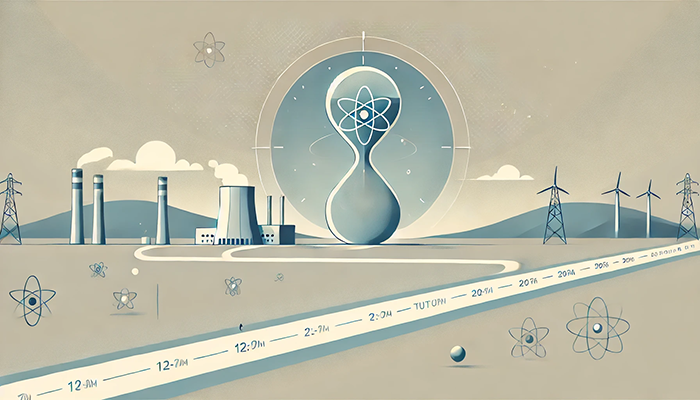DIW Berlin: Nuclear fusion remains irrelevant for energy transition
According to a new study from the German Institute for Economic Research (DIW Berlin), nuclear fusion is unlikely to play a practical role in the energy transition in the foreseeable future. Despite notable technological advancements and increasing private-sector involvement, researchers at DIW conclude that fusion energy remains far from commercial viability.
The analysis, conducted by the Department of Energy, Transport, and Environment at DIW, highlights that many of the fundamental scientific and engineering challenges of nuclear fusion remain unresolved. Study co-author Christian von Hirschhausen notes that “from an energy perspective, nuclear fusion is no closer to market use today than it was in the 1950s.” He emphasises that it is therefore irrelevant to the urgent goals of transitioning to sustainable energy sources.
A key focus of the study is the international ITER project in France, designed as an experimental nuclear fusion reactor. Although initially intended to demonstrate fusion energy by the 2020s, the timeline has been repeatedly delayed. Current estimates suggest the demonstration reactor may not become operational until the second half of the century. Costs have also risen dramatically—from an original estimate of €5 billion to upwards of €50 billion.
The DIW researchers analysed decades of expert forecasts and found that expectations for when fusion would reach commercial readiness have consistently remained 20 to 40 years away, regardless of when the forecasts were made. This phenomenon, described as the “fusion constant,” illustrates the persistent gap between promise and practical implementation.
While publicly funded fusion research remains focused on long-term goals, private companies have brought new energy to the field. In the past decade, around 80 privately financed small and mid-sized firms have attracted billions of dollars in investment. Many of these firms are exploring new approaches, including advanced magnetic coils and laser technology. However, most of these efforts also stop short of aiming for energy production in the near term.
The study’s authors argue that current research structures should be reconsidered. They recommend shifting a portion of public investment away from fundamental research and towards applied research that could generate more immediate and practical results. Claudia Kemfert, co-author of the study, concluded that nuclear fusion should be viewed as a long-term research endeavour with no realistic short-term impact on energy supply. She called for greater focus on technologies and policies that can contribute directly to the energy transition.
DIW Berlin’s findings underline the importance of aligning energy research funding with the practical demands of climate policy and the growing need for scalable, clean energy sources.









